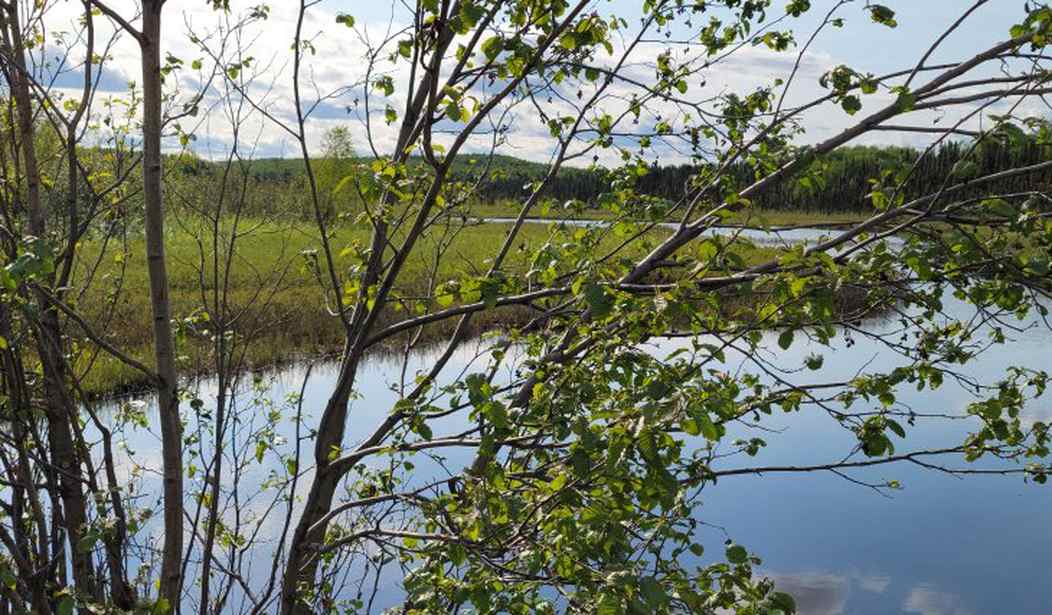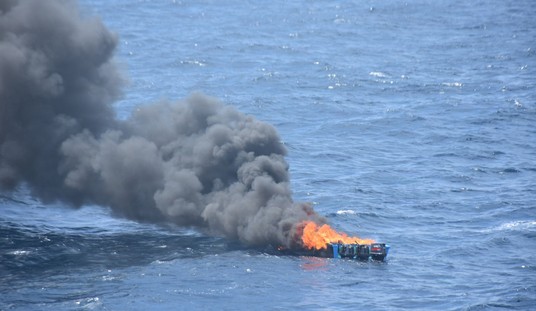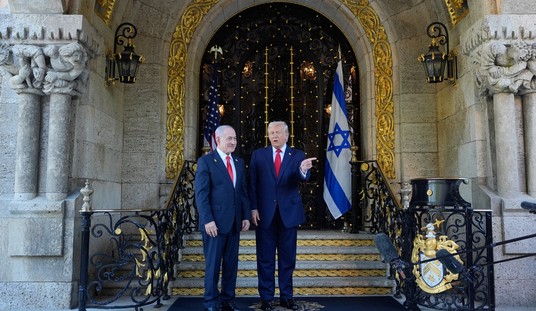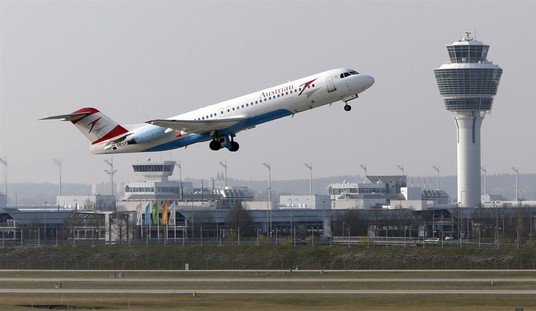Our own Alaska has been the subject of an electoral experiment, one that has also been tried in Maine. I won’t speak for Maine, but here in the Great Land, ranked-choice voting isn’t working, and now there’s a group gathering petition signatures for a repeal. Here’s how ranked-choice voting works, according to the Alaska Department of Elections:
How does Ranked Choice Voting work?
In each race, voters will rank their choices in order of preference. Votes are counted in rounds.
This is what happens:Round One:
The Division counts all 1st choices. If a candidate gets 50% + 1 vote in round one, that candidate wins and the counting stops.If not, counting goes to Round Two.
Round Two (and beyond):
The candidate with the fewest votes gets eliminated. If you voted for that candidate, your vote goes to your next choice and you still have a say in who wins.If your first choice candidate was not eliminated, your vote stays with them. Votes are counted again.
This keeps happening in rounds until two candidates are left and the one with the most votes wins.
This directly violates the principle of “one man, one vote.”
Like most states, Alaska’s political climate is divided between two poles. One political pole, the Blue Pole, consists of the Anchorage Bowl, Juneau, to a lesser extent Fairbanks and some of the Unorganized Borough, mostly the North Slope and the bush communities.
The Red Pole consists of the communities north of the Anchorage Bowl, including places like Eagle River and Chugiak, the Tanana Valley, and the big counterweight of our own Matanuska-Susitna Borough. If you look at a political map of Alaska it can be somewhat misleading, as there is a lot of blue scattered across that map, but it’s important to note how few people live in a lot of those blue areas; Alaska has the lowest population density of any state, by a wide margin, and most Alaskans like it that way.
But Alaska politics can be a bit odd.
Ranked-Choice and the Senate
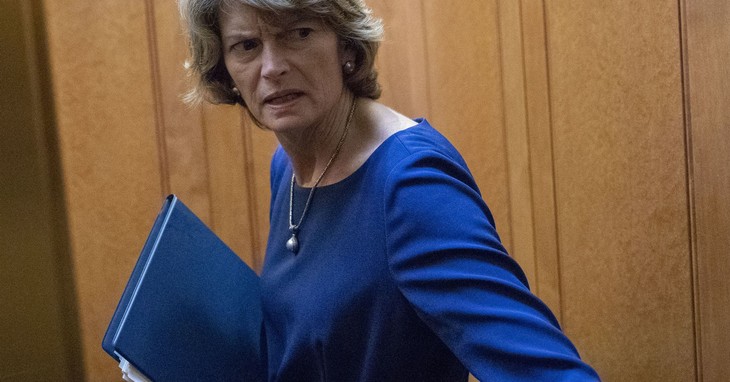
Lisa Murkowski, our senior Senator who was just re-elected due to the ranked-choice system, comes from Ketchikan, in a reddish part of the state down in the Panhandle. Lisa was awarded her Senate seat like a feudal title by her father, former Governor Frank Murkowski, leading some Alaskans to refer to her with the derisive “Princess Lisa.”
Prior to this she had served in the Alaska House of Representatives, representing an Anchorage district, before her father was elected Governor and promoted his daughter to the Senate in a staggering display of political nepotism. Although I’m forced to admit she has hung on to that Senate seat doggedly, even winning re-election in 2010 in a write-in campaign after losing the primary to Republican Joe Miller.
Our other Senator, Dan Sullivan, is originally from Ohio but served as Attorney General and Commissioner of the Alaska Department of Natural Resources before winning his Senate seat in the 2014 election. He was re-elected in 2020, winning by a pretty good margin, but his re-election was prior to ranked-choice voting and thus isn’t relevant to the issue.
In 2022, Lisa Murkowski faced several challengers, the most formidable of which was Republican Kelly Tshibaka. Lisa’s vote to convict President Trump in a phony-baloney impeachment trial did not sell well with many Alaskans, but Murkowski forged a quiet alliance with Democrat Mary Peltola and did well enough in the first rounds of candidate eliminations to narrowly defeat Tshibaka, 43.4% to 42.6%, and retain her seat. But, while primary elections were also ranked-choice, numbers there indicate Kelly would have handily beaten Princess Lisa in a traditional primary.
I’m no fan of Lisa Murkowski, politically, but you can’t deny her tenacity.
Ranked-Choice and the House
Mary Peltola, our current sole Representative in the House, comes from Bethel, a Yup’ik community in one of those pale-blue areas. She was born in Anchorage, and is in fact only half Yup’ik, as her father was a German American from Nebraska, but that’s neither here nor there.
Mary was elected to the Alaska House of Representatives in 1998, after two years as an intern. She held that seat until 2009, when she left the state government to work for the Donlin Creek Mine and, in 2010, helped run the successful write-in campaign for Lisa Murkowski.
That last bit alone tells you a lot about both candidates.
But then came the death of Don Young, a Republican who had been Alaska’s sole Representative since 1973. That left the 2022 election for the House open for the first time in almost fifty years.
In 2022, the wide-open election came down to Peltola and two Republicans, Sarah Palin and Nick Begich. Peltola, due in large part to her alliance with Murkowski (there were quite a few Murkowski/Peltola signs scattered about in Anchorage and a few other places) won the final, due in part to Nick Begich III coming from an old Democrat family and the baggage toted about by Sarah Palin. But it’s important to note that, were this a traditional election, either Republican would have likely narrowly beaten Peltola; the two Republican candidates divided 49% of the vote between them, with Peltola garnering 48.8%; but enough Republicans disliked one or the other candidates and put Peltola as the second choice for her to win, and I heard several people at our own voting location denouncing the ranked-choice system and insisting “I’m going to vote for Sarah/Nick and that’s it,” which is a lot like solving a problem by repeatedly punching yourself in the face.
As I’ve said, Alaska politics can be a bit odd. Alaska is a red state, but it’s not a red state in the same way that, say, Alabama or Oklahoma are red states. Much of Alaska outside of Anchorage lives up to the name ‘The Last Frontier,’ being populated by some of the most “go away and leave me alone” sorts of folks you’re liable to find anywhere. Alaska’s Republicans and Independents show a large libertarian streak, which is one of the reasons I find Alaska politics amenable. Minding your own business is pretty much a primary state pastime, after hunting and fishing.
What Next?
If the petition drive succeeds, there will be a repeal of ranked-choice voting on the ballot in 2024. It’s unclear yet whether enough signatures will be obtained, but the drive appears to be well on the way (my wife and I drove to Palmer the first weekend petitions were available and signed) and the effort is helped by the low turnout in the 2022 election; in Alaska the number of signatures required for ballot initiatives is related to the previous election’s turnout.
Ranked-choice voting was initially voted in by a margin of less than one percent. I know a lot of people here in the Mat-Su who would be just as happy to see it removed by at least that margin; hopefully a greater one, one greater enough to scotch any ideas of bringing it back. One person, one vote is a principle we should not cast away.

